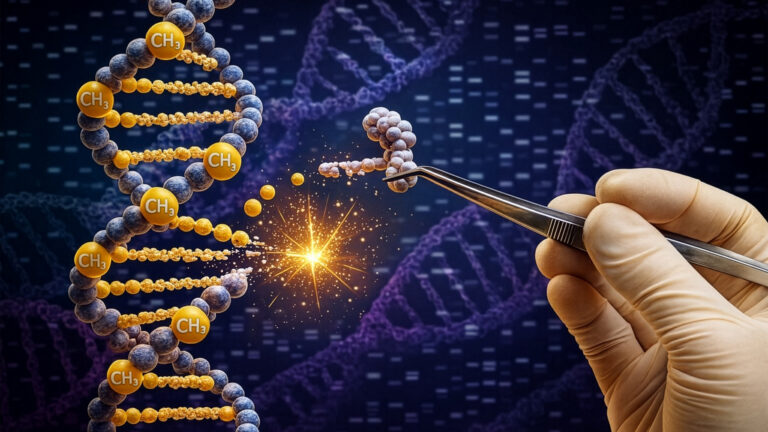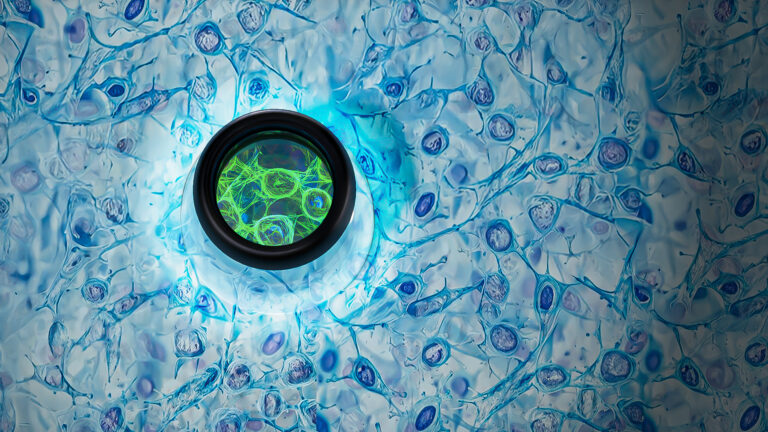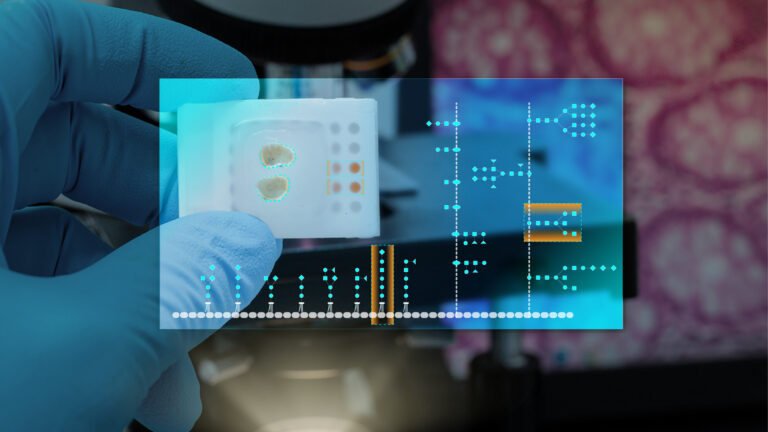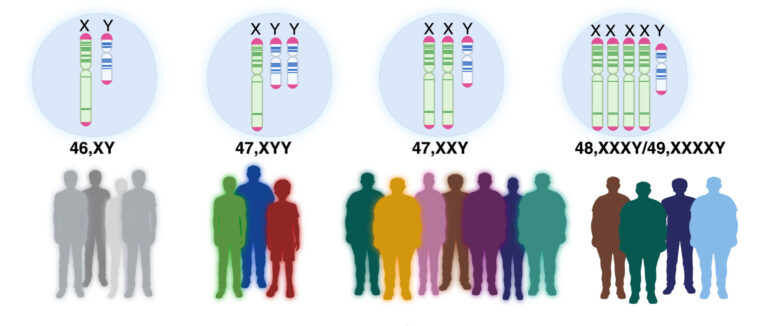Bioscience
Exploring the brain by mimicking the brain
A new collaboration could lead to supercomputers emulating the efficiency of the brain.


Observation and explorative analysis of the 3D dataset in the Visualization Lab at KAUST
© KAUST Visualization Core Lab
A project to push the limits of supercomputing with high-performance software may also provide fresh insights into the workings of the brain, say researchers from KAUST.
Although often compared, the human brain is fundamentally different to a computer. Key differences include the brain’s daily energy requirements, which are similar to those of a lightbulb, as well as the brain’s ability to build itself. The brain can program itself during development, and then continuously reprograms and reconfigures its own architecture in response to everyday experiences.
Brain-inspired, or “neuromorphic” computing, aims to build machines that emulate the brain to vastly improve their information processing capabilities and make them more energy-efficient.
The new project is a collaboration between researchers at the Visualization Core Lab facility at KAUST — which offers a plethora of state-of-the-art technologies for analyzing and presenting scientific data — and those at the École Polytechnique Fédérale de Lausanne (EPFL) in Switzerland. The Swiss researchers are part of the Blue Brain Project, an ongoing, international multi-billion Euro effort to reverse engineer the brain down to the molecular level in a supercomputer.
The Saudi-Swiss collaboration aims firstly to develop new supercomputing software that allows the machines to be used as interactive scientific instruments that can simultaneously simulate, visualize and analyse data. Principal investigator, KAUST’s Pierre Magistretti, explains that “the exa-scale computers expected to appear before the end of the decade will generate petabytes of data that would cost millions of dollars just to move”.
“The solution to this is to have fully interactive supercomputing, in which scientists extract data from simulations as they are running, just as they do with other scientific instruments.”
Interactive supercomputing will allow researchers to perform in situ visualizations of their data sets, navigate them in real-time, and interact with on-going simulations in various ways, a process known as ‘computational steering’.
“This technology does not exist today so supercomputers will require a radically new approach to data and resource sharing,” says Magistretti. “The Blue Brain Project at EPFL has developed a roadmap to reach interactive exa-scale supercomputing.”
The hardware requirements for this include an extremely fast network between the supercomputer running the simulation and the supercomputer that analyses and visualizes the state of the simulation in real time. KAUST, through its considerable supercomputer capacity, is able to provide this.
A second aim of the collaborators is to deepen our understanding of what drives the brain to reliably perform computations with minimal energy requirements. This will involve generating detailed computer models of the interactions between neurons, the blood vessels in the brain, and glial cells, the non-neuronal cells that regulate cerebral blood flow and energy uptake by brain cells.
“We aim to analyse these intimate relationships using electron microscopy data processed to produce 3D fully-immersive virtual reality,” says Magistretti.
The neuron-glia-vascular unit is the basis of activity-dependent energy delivery. The computer model, Magisretti explains, will help the researchers to understand fundamental brain processes that are responsible for the signals that researchers have detected through functional brain imaging techniques such as PET and fMRI.
The ability to properly model the neuron-glia-vascular unit will enable the researchers to reproduce functional brain imaging data in silico, which will help them to understand what goes wrong in certain neuropsychiatric diseases.
The majority of this research is being performed at KAUST. “We are reconstructing the electron microscopic images here at KAUST and we are also developing algorithms that allow us to identify all the cells in each microscope section and transform this information in the virtual reality environment,” he says.
Magistretti explains that EPFL scientists are contributing to some of the modelling algorithms, which importantly will enable the data obtained to be integrated with the international Human Brain Project.
References
- | article
You might also like

Bioscience
Harnessing the unintended epigenetic side effects of genome editing

Bioscience
Mica enables simpler, sharper, and deeper single-particle tracking

Bioengineering
Cancer’s hidden sugar code opens diagnostic opportunities

Bioscience
AI speeds up human embryo model research

Bioscience
Sex chromosome overload sparks to a common developmental faultline

Bioscience
Super fungi survive extreme Mars-like environments

Bioengineering
High value harvests from designer algae

Bioscience



